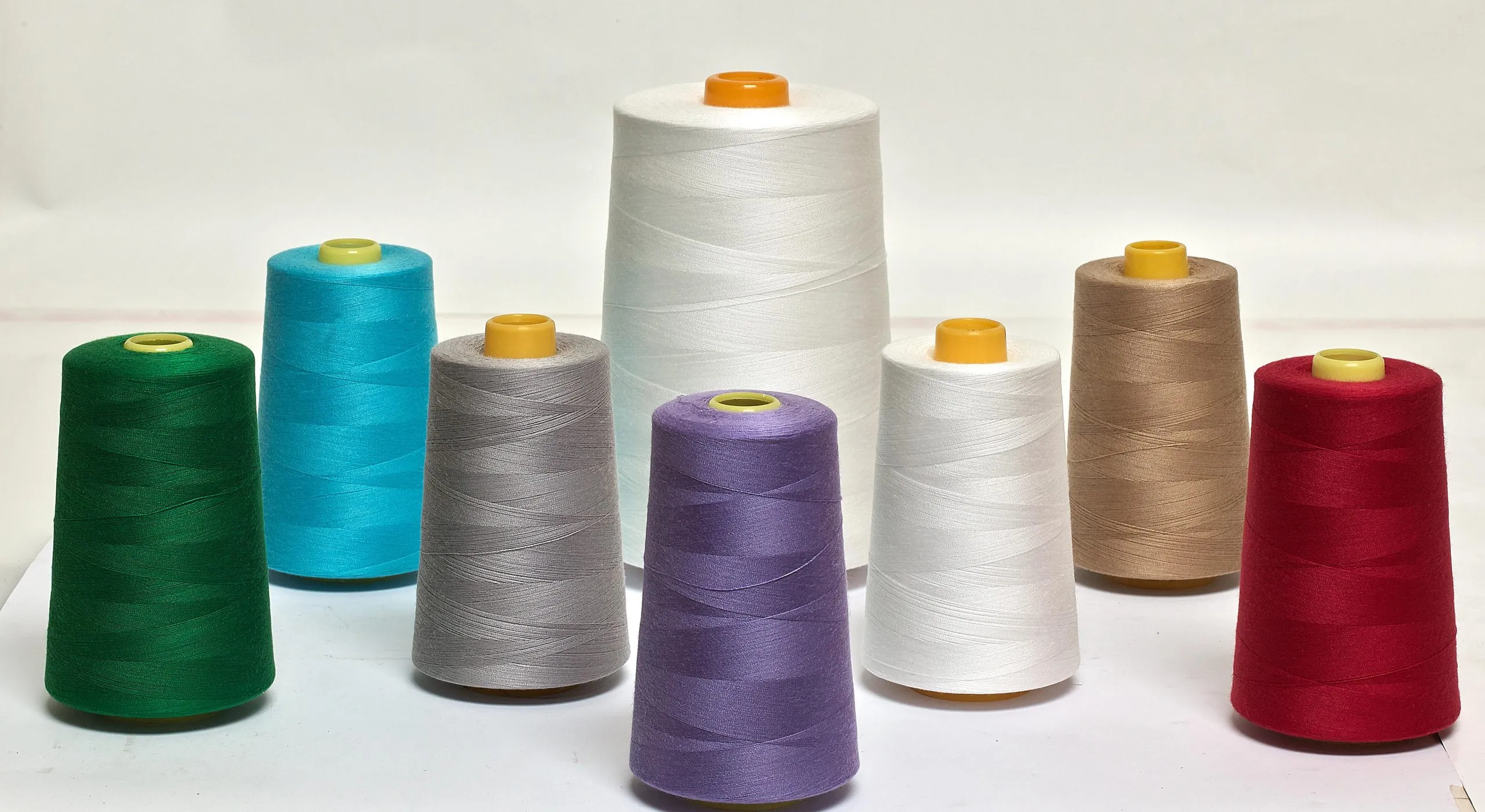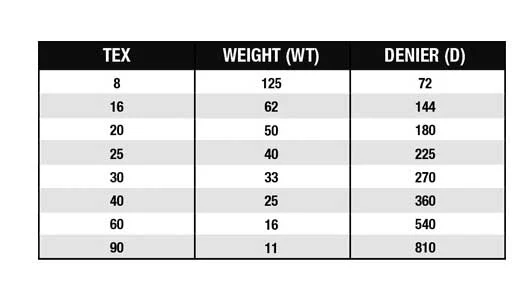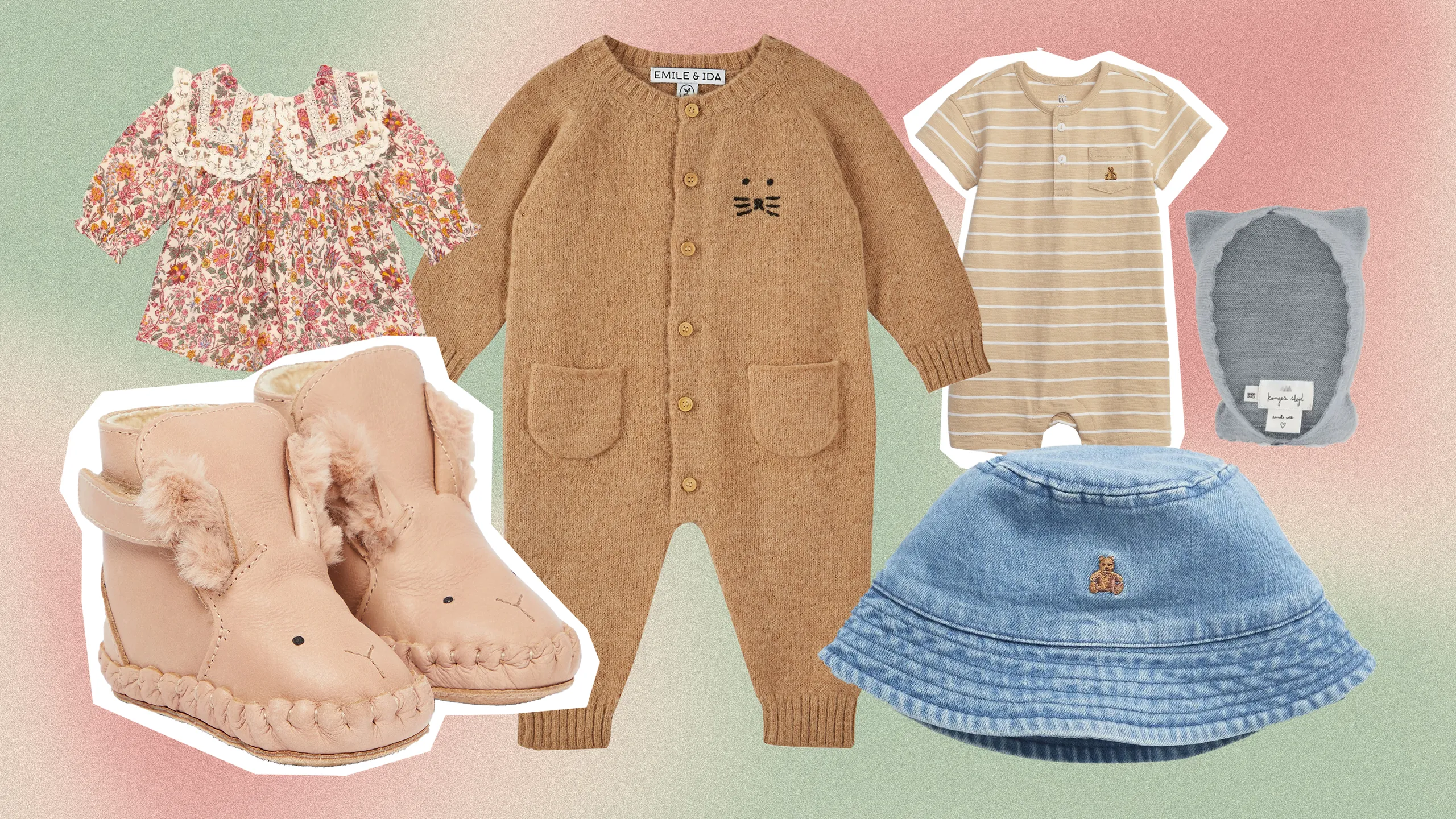
New parents see so many cute options that it’s hard to know what to buy first. This guide breaks down 21 common types of infant clothing—what each piece is for, when to use it, and what to look for in fabric and fit. Our goal is simple: help you pick outfits that are soft, safe, and easy to change, from sleepy newborn days to busy months of growth.
What Infant Clothing?
Choosing the right clothes for infant is about more than just style—comfort, practicality, and safety are equally important. It can be both exciting and overwhelming, especially for new parents. Apparel created and specifically designed to meet the needs of infants in sizes preemie, newborn, 0 to 3 months, 6 months, 9 months, 12 months, and sometimes 18 and 24 months. Young parents are the best customers of infants’ apparel.
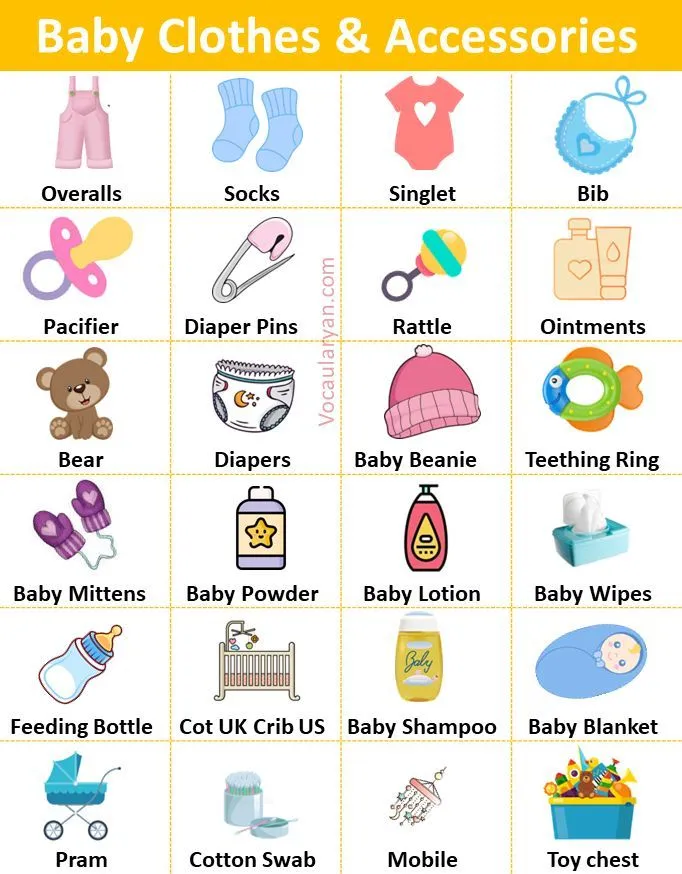
Different Types of Infant Clothes
Buying clothes for a newborn can be confusing because there are so many different names and types. To make it easier, we’ve made a simple list of baby clothing items, what they’re called, and how they’re used. Infant apparel items include the following:
- Booties & Mittens — Soft footwear and hand covers, often to keep tiny feet and hands warm and protected.
- Caps & Hats — Head coverings for warmth or sun protection.
- Sleepers — One-piece outfits (often footed) worn during sleep or lounging.
- Coats & Jackets — Outer layers to shield from wind or cold weather.
- Diaper Covers — Protective covers used over diapers (cloth or disposable).
- Footed & Footless Coveralls — All-in-one outfits, with or without built-in feet.
- Sweaters — Layering pieces to add warmth.
- Formal / Ceremony Wear — Special outfits like suits, tuxedos, baptism or christening gowns.
- Gowns — Often long, flowing garments used especially for newborns or ceremonies.
- Layette Sets — Coordinated sets (like cap, shirt, pants, sweater) for newborns.
- Onesies / Bodysuits / Creepers — Basic tops that snap around the diaper area for easy dressing.
- Pants & Shorts — Bottoms of varying lengths for daily wear.
- Rompers & Overalls — One-piece outfits with leg coverage and sometimes straps.
- Skirts & Skorts — Feminine bottom options that may be layered over leggings.
- Snowsuits / Outerwear — Full-body layers for cold climates or outdoor wear.
- Socks & Tights — Foot and leg coverings, sometimes stretchy for snug fit.
- Swimwear — Infant-safe swim suits or rash guards.
- Tops & Shirts — Everyday shirts, T-shirts, or blouses.
- Undershirts / Underwear — Lightweight bases worn under outer garments.
- Vests — Sleeveless layers for added warmth without bulk.
- Sleepwear & Underwear (Children’s section) — This covers items like bathrobes, pajamas, thermal undergarments, T-shirts, etc.

Infant apparel is typically sold as multipiece styles, although some pieces are sold as separates.
Infant Apparel Accessories
Beyond clothing, there are accessory items designed for babies, often for function or finishing touches:
- Belts, suspenders
- Caps, hats, and decorative headwear
- Gloves, mittens
- Hosiery (stockings, tights) and socks
- Neckwear like scarves or ties
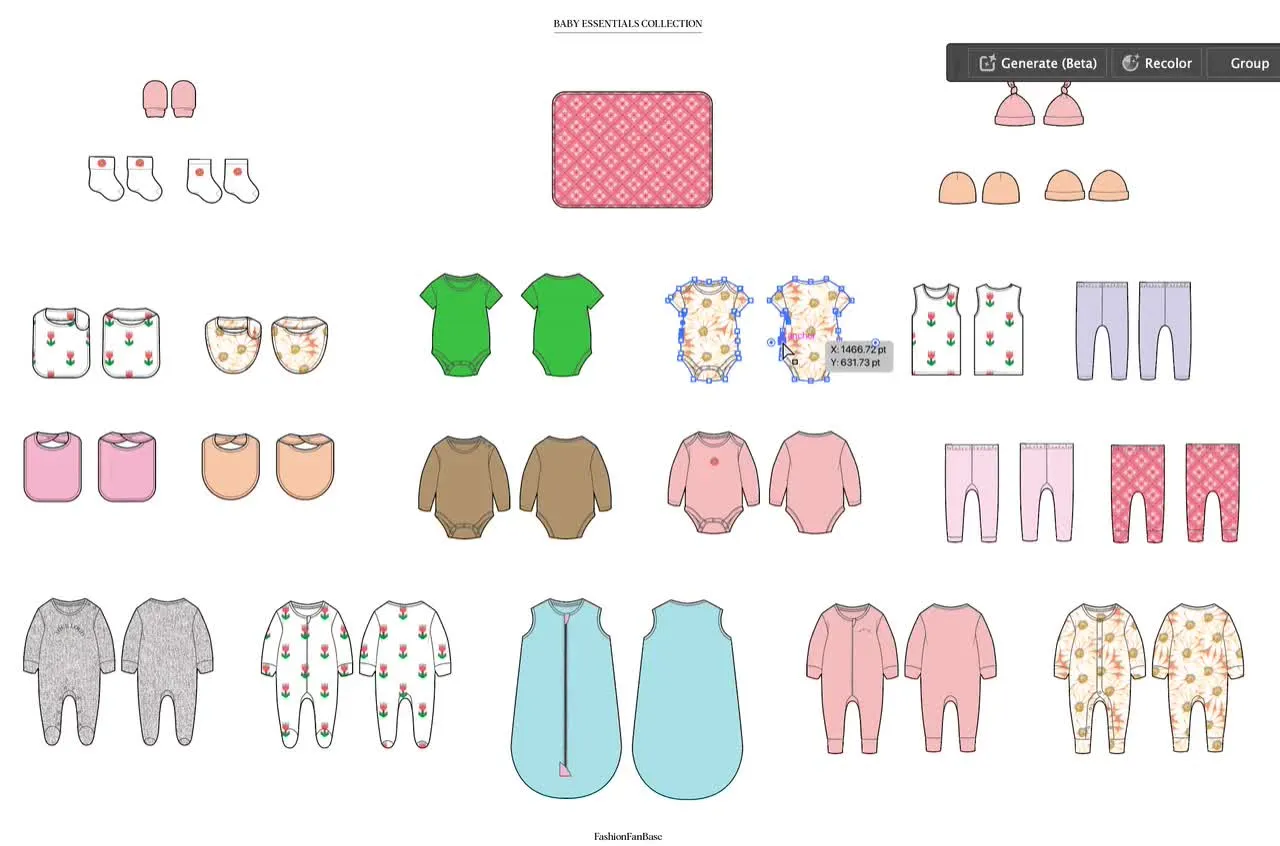
Sizes may be numeric (based on dimensions), unisex, or “one size fits all.” Accessories are usually sold separately from main garments.
Conclusion / Final Thoughts
Choosing baby clothes isn’t just about style — it’s about giving your little one comfort, safety, and room to grow. Babies have delicate skin, so soft, breathable fabrics like cotton or bamboo are always a smart choice. Avoid anything scratchy, stiff, or filled with rough seams. When selecting baby clothes, focus on:
- Soft, gentle fabrics
- Easy closures (snaps, zippers)
- Functional designs that support movement, growth, and diaper changes
These criteria help make life easier for both baby and caregiver, while keeping the little one comfy and safe.

